Embibe Experts Solutions for Chapter: Chemical Effects of Electric Current, Exercise 1: Exercise
Embibe Experts Science Solutions for Exercise - Embibe Experts Solutions for Chapter: Chemical Effects of Electric Current, Exercise 1: Exercise
Attempt the free practice questions on Chapter 14: Chemical Effects of Electric Current, Exercise 1: Exercise with hints and solutions to strengthen your understanding. THINK ABOVE AND BEYOND SCIENCE PRACTICE BOOKS solutions are prepared by Experienced Embibe Experts.
Questions from Embibe Experts Solutions for Chapter: Chemical Effects of Electric Current, Exercise 1: Exercise with Hints & Solutions
Rekha was travelling in a diesel train. She wanted to charge her mobile phone. A train with a diesel engine is not connected to any external source of electricity while it is moving. What is the MAIN source of the electricity on which the fans and lights in the coaches run?

A battery is a device that stores chemical energy and converts it to electrical energy. The chemical reactions in a battery involve the flow of electrons from one material (electrode) to another, through an external circuit. The flow of electrons provides an electric current that can be used to do work.
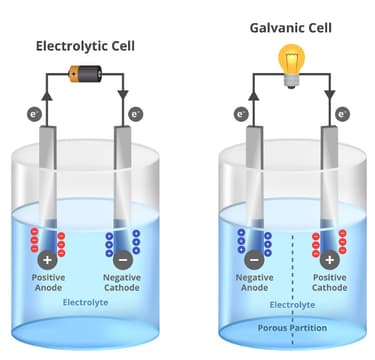
Your task is to generate electricity through a chemical reaction. Which among the following groups would you use?
A coil is wrapped loosely around a cylindrical wooden piece and its ends are connected to a battery as shown. In which case will the compass needle placed near the coil deflect when the circuit is closed?
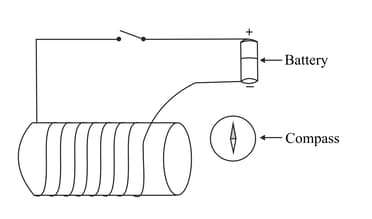
Given below is a diagrammatic representation of an electromagnet. The strength of the magnetic field between the poles of the electromagnet would be UNCHANGED if the

The figure shows a person holding a polythene strip after it has been rubbed with a duster cloth. The strip acquires a negative charge. Yet, after a few seconds, the duster cloth does not show any charge. Which of the following could be the reason for this?

A conductor is a material that allows electricity to flow through it. An Insulator is a material that electricity cannot flow through.
To determine whether an object is a conductor or insulator, you can build a simple circuit with a battery, light bulb, and three pieces of wire.
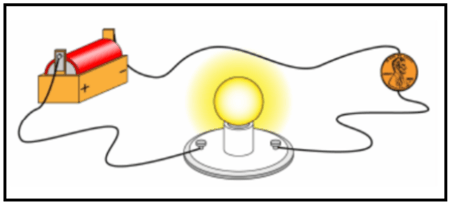
Touch the free ends of the wire to the object you are testing. If the light bulb lights up, the object is made from a conductor. If it does not, the object is made from an insulator.
| Object | Conductor / Insulator |
| Rubber band | |
| Penny | |
| Nickel | |
| Tooth pick | |
| Key | |
| Paper clip | |
| Brass paper fastener | |
| Glass microscope slide |
We can easily draw electrical circuits by following some simple rules.
1. Use a ruler to draw straight lines to represent the wires.
2. Use the correct circuit symbols to represent different components.
3. Ensure that the circuit is closed and has no gaps.
Write down as many things as possible that is wrong with the circuit below?
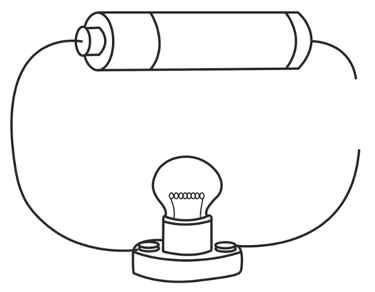
Sulphur is an electrical insulator, but it can be made to conduct electricity if a very bright light shines on it. A very bright light shines onto a small circular area in the centre of the charged slab of sulphur. The pattern of charge on the sulphur alters. The simplified diagram represents the new pattern of charge.
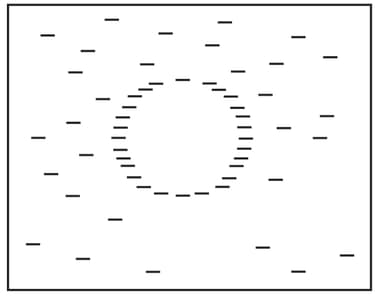
Explain why the pattern alters in this way.
